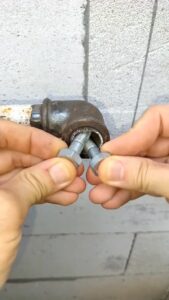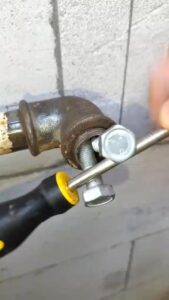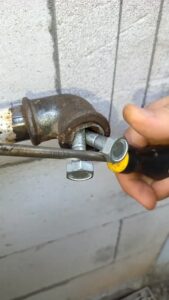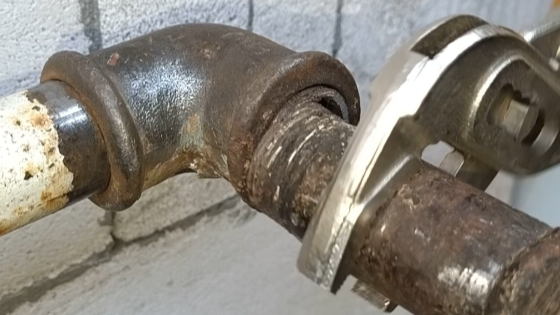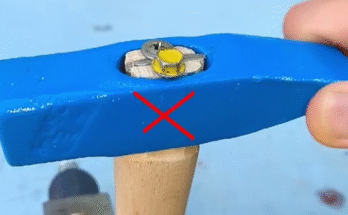Genius DIY Plumbing Trick: How to Remove Broken Faucet Threads from a Pipe
Removing broken faucet threads from a pipe may seem like a job best left to the professionals, but with the right tools and techniques, it’s a task any determined DIYer can handle. Broken threads typically occur when a faucet or fitting snaps off, leaving a piece lodged inside the pipe. This can prevent a new fixture from being installed properly and even cause leaks if not addressed. Fortunately, there’s a clever and effective method to remove these stubborn fragments without damaging the pipe — saving both time and money.
First, identify the type of pipe and thread involved. Most household plumbing uses threaded connections made from brass, copper, or galvanized steel. Once you’re sure the pipe itself is not cracked or damaged, gather the necessary tools: a pipe wrench or locking pliers, a screwdriver, penetrating oil (like WD-40), and most importantly — a screw extractor or internal pipe wrench, also known as an internal nipple extractor. These tools are specially designed to grip the inside of broken threaded fittings.
Begin by cleaning the broken thread area thoroughly. Use a wire brush to remove any debris, rust, or buildup. Apply a generous amount of penetrating oil to loosen the seized threads, allowing it to soak in for at least 10–15 minutes. If the broken piece is visible and slightly protruding, you might be able to turn it out using needle-nose pliers or a flathead screwdriver tapped gently with a hammer to rotate it counterclockwise.
However, if the broken threads are recessed inside the pipe, that’s where the genius trick comes in. Insert the internal pipe wrench or screw extractor into the opening. These tools expand inside the broken fitting when turned, gripping it securely from the inside. Slowly rotate the tool counterclockwise with steady pressure — avoid sudden force, which can further damage the pipe. If it’s stuck, reapply penetrating oil and try heating the fitting slightly with a hairdryer or heat gun to expand the metal and loosen the grip.
In cases where a screw extractor isn’t available, a creative DIY workaround is to use a large, tapered bolt or even a steel plumbing nipple cut slightly larger than the opening, hammering it gently into the broken thread and turning it out with pliers. This method requires patience and a steady hand but can be surprisingly effective.
Once the broken piece is removed, inspect the pipe threads for damage. Clean them with a thread chaser or tap tool if needed. Apply Teflon tape or pipe thread sealant before installing the new fixture to ensure a watertight connection.
This simple yet effective trick can save you from calling a plumber or replacing an entire section of pipe. With a bit of patience, the right tools, and some smart technique, you can restore your plumbing system to perfect working order — all by yourself.
Below is a detailed step-by-step solution to help you easily fix and remove broken faucet threads stuck inside a pipe 👇
